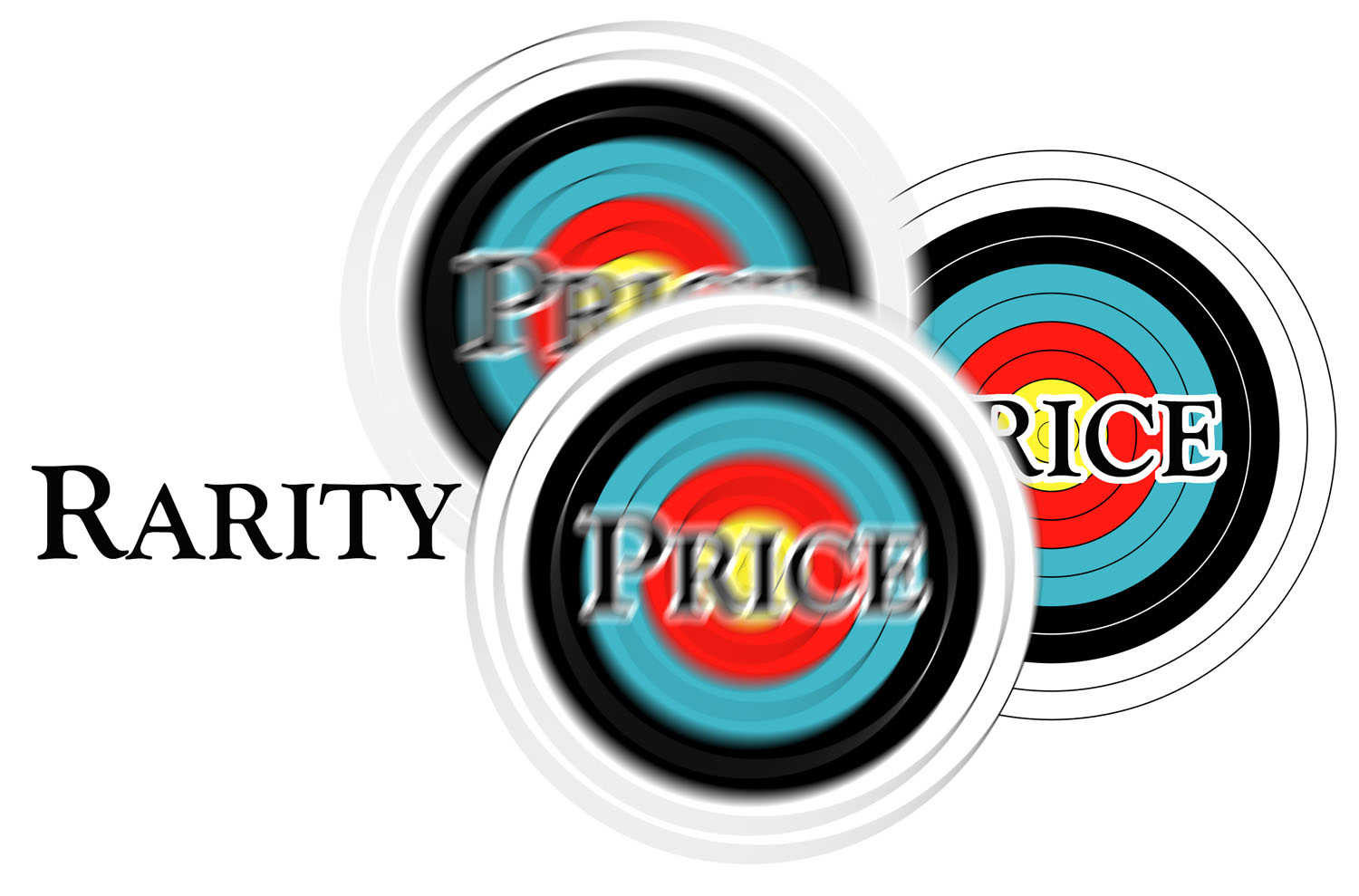Why do some prices seem out of line with rarity?

When it comes to rarity, price is a highly elusive target. It is always moving, often in unpredictable ways.
Perhaps the greatest misunderstanding in collectibles is that price and rarity go hand-in-hand. Simply put, that is a myth.
Price reflects demand, but demand often fails to reflect rarity
Demand is a businesslike way of saying "desire." The greater the demand (desire), the greater the price. The lower the demand, the lower the price.
Yes, in general, rare items are more expensive than scarce items and scarce items are more expensive than common items. There are large numbers of rare certificates in our hobby, but they attract widely different prices. In fact, there are large numbers of rare and inexpensive certificates. This observation holds true for items in every collectible hobby.
To illustrate the fallacy of the rarity-price myth, let's imagine three paintings, one by Rembrandt, one by Norman Rockwell and one by your cousin Bob. All three are one-of-a-kind. Thousands of people demand Rockwell paintings, but thousands more demand paintings by Rembrandt. Pardon my presumption, but I doubt huge numbers of people demand one of Bob's paintings, no matter how pleasant they may be. Obviously, the prices for these three unique and highly rare paintings are thousands, even millions, of dollars apart.
In this hobby, equally scarce certificates rarely fetch the same prices
The price of any specific certificate depends on a number of factors, including:
- the number of people who want the item
- company name
- autographs
- attractiveness
- age or date
- condition
- cancellation
- type
- issuance location
- serial number
- denomination
It is crucial to understand that demand establishes price, NOT rarity
Pricing will always seem mysterious until one accepts that demand drives price. I've been recording prices for a long, long time and the prices some people pay, or refuse to pay, is always (for the lack of a better term) entertaining. I fully understand why people want an example of Jay Gould's signature; he was a MAJOR force on Wall Street during his time. On the other hand, I do not fully understand why people have sometimes paid more for William Mahone's signature. I will say that it is surprising Mahone survived as many Civil War battles as he did, but that's another story.
There are thousands of examples in this database where prices seem abnormally low or abnormally high relative to the numbers of times they have appeared for sale. If you are a user who has spotted prices that seem "out of line" with your experience, you should feel free to write. However, there are a number of possible reasons:
- Price reflects desirability, meaning that:
- Generic certificates rarely attract high prices.
- Intricate vignettes often attract higher prices.
- Certificates from heavily populated states attract lower prices.
- Many more certificates are known to exist, but their serials have not been reported.
- I do not record items priced below $19.50.
- Items might be known only from eBay sales where prices tend to be abnormally low.
- There are great disparities between listed prices, real prices, and collector's estimates.